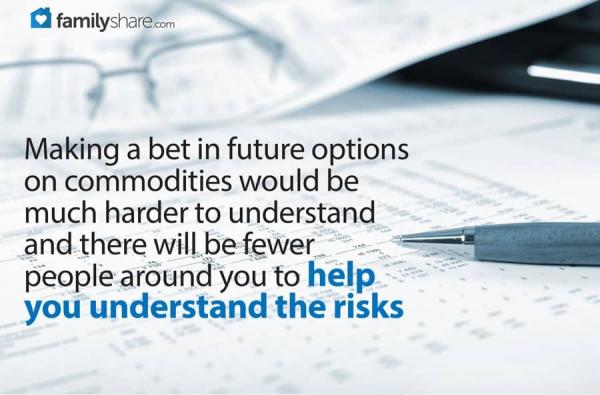
Knowing how much risk to take when investing is a difficult question. In 2007 and 2008, it became clear that the largest banks in the world had not been able to measure the risks involved with their biggest bets (I'd call them investments, but in hindsight it is clear they were gambling). If banks with hundreds of billions of dollars at stake, can't measure risk accurately, neither can you nor I.
The best indicator of risk is the anticipated or recent returns. The higher the anticipated returns, the riskier the investment. In a market where the U.S. Federal Government can borrow money for 30 years for around 3 percent, you can quickly tell that a bond that pays 13 percent will be much riskier. If a stock doubled in price over the last year, you can hope that it doubles again this year, but understand that it is a risky investment.
If anyone ever tells you that they have a risk-free investment that will pay you more than U.S. Treasuries pay, understand that the investment is not free from risk. No one is exempt. (I know I'm certainly not.) It is difficult to measure and understand all of the risks of an investment. In 1999, a group of Nobel Laureates who were operating a large investment fund nearly crashed the global financial system because they made huge investments that didn't work the way they expected them to work.
Assuming you don't have a Nobel prize or a large staff of analysts to help you make your investments, it is easy to conclude that you'll have a difficult time measuring the risk of your investments, too. Here are some guidelines to help you match your risk to your appetite and circumstances:
-
You neither can nor should avoid all investment risk.
-
Take risks that are easier to understand that lots of people are taking rather than unusual risks that are hard to understand. For instance, lots of people invest in mutual funds that invest in growth stocks. Many people can help you understand those risks. Making a bet in future options on commodities would be much harder to understand and there will be fewer people around you to help you understand the risks.
-
Gauge your circumstances well. If you are young, there are lots of years for you to fix your mistakes. You might reasonably choose to take more risk. On the other hand, if you are saving up for your 15-year-old's college, you might reasonably conclude that risk is to be avoided.
-
The more risk you take, the more time you should take to understand the risks. Don't ever kid yourself into believing that you understand all the risks or that you've protected yourself against them.
-
Be careful with leverage. There are a variety of ways to leverage an investment. This is wall street speak for increasing the potential investment returns of a strategy by using someone else's money. For instance, buying a duplex has a certain measure of risk and return potential. You can increase the return - and the risk - by borrowing some money from the bank to buy it. The more money you borrow, the higher the theoretical return could be on your money, but the higher the risk you could lose all of it. There are a variety of ways to leverage your bets in the financial markets. They always come with the potential to raise your returns and they always increase your risk.
If you don't remember anything else after reading this article, remember this one thing: investment risk is almost impossible to measure accurately. Proceed with caution!

